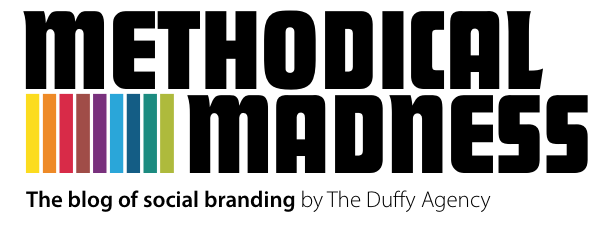5 ways Nestle could have handled their social media crisis better
 Friday, April 2, 2010 at 4:00PM
Friday, April 2, 2010 at 4:00PM Watching Nestle deal with their social media woes is once again a reminder of how caustic social media can be. A couple weeks ago, Greenpeace put a video on YouTube drawing attention to Nestle’s use of palm oil from companies that clearcut rain forests to plant palm tree farms, thus destroying the habitat of orangutans. Clearly upset by this video, Nestle had the video banned from YouTube. This move was the equivalent of knocking over a wasp’s nest while naked and then being surprised when you end up covered in stingers.
Greenpeace re-posted the video on their site and encouraged people to upload the clip en-mass to YouTube so they would have no hope of taking down all copies of it. From there, it spread to Reddit, Digg and Facebook where it really exploded. Facebook is where the drama really began. Greenpeace encouraged users to change their public photo to anti-Nestle slogans and parodies of their brand logos. When the logos began appearing on the Nestle Facebook fan page, Nestle posted the following statement on their page, “To repeat: we welcome your comments, but please don’t post using an altered version of any of our logos as your profile pic – they will be deleted.” When fans complained, the Nestle rep followed with, “Oh please...it’s not like we’re censoring everything to allow only positive comments.” That didn’t go over too well.
Reactions to Nestle’s comments naturally ran the gamut, from dignified pleas to furious outbursts. Eventually, Nestle apologized for their behavior and stated they would make efforts to eliminate palm oil from vendors that are clear cutting rain forest by 2015.
This is another example of a large corporation going into the social media forum without having a clear plan of action for when an issue arrises. When you’re a corporation that has a long history of being on the wrong side of social and environmental issues, it is important to plan for controversy and have a plan that can be implemented when a stone is turned over. There are many ways this controversy could have been avoided. Here are five things that would have created a better outcome:
Don’t make it personal - If Nestle would have stayed above the fray and avoided singling people out, the conversation wouldn’t have become so heated. Instead, releasing a statement to address complaints would have diffused the situation without attacking anyone directly.
Open conversation - Facebook has a discussion section that provides the perfect forum for Nestle to address the problem and allow people to have their say without it spilling out into other areas and polluting their entire fan page. If they had engaged fans openly, they could have contained the outpour.
Microsite - A microsite is a great way to promote a company’s initiatives and deal with controversy. Through a microsite, Nestle could show that they care about the environment and what they are doing to change their practices.
Give something back - Doing the above and then making a large contribution to a non-profit that protects the environment, or starting a fund raiser for an appropriate cause, would add weight to their claim of being concerned about the environment and show that it isn’t all empty promises .
Ignoring the video - Greenpeace has a reputation of extremism (McDonald’s UnHappy Meals, attacking whaling boats, attacks on the fur industry). If Nestle had just ignored the initial video, the video would have made a small splash, but would have been largely ignored as people are becoming desensitized to Greenpeace videos. This isn’t the best solution, or one we would recommend, but if Nestle hadn’t gone out of its way to censor the video and bury the truth I wouldn’t be writing this post.
Social media can be a loving hand one moment and a sledgehammer the next. Any company going into social media should have a plan for when a marketing effort blows up in their face, or when something they would rather have remained hidden bubbles up to the surface. Nestle appears to have many skeletons in their closet and I’m sure this won’t be the last time we see them in the news because of questionable business practices. Hopefully, they’ve learned from this experience and the next time controversy arrises, they react more appropriately and work with their fans to find a solution.
Stefan Halley is the Digital Project Leader for The Duffy Agency. He loves to talk about social media.

Reader Comments